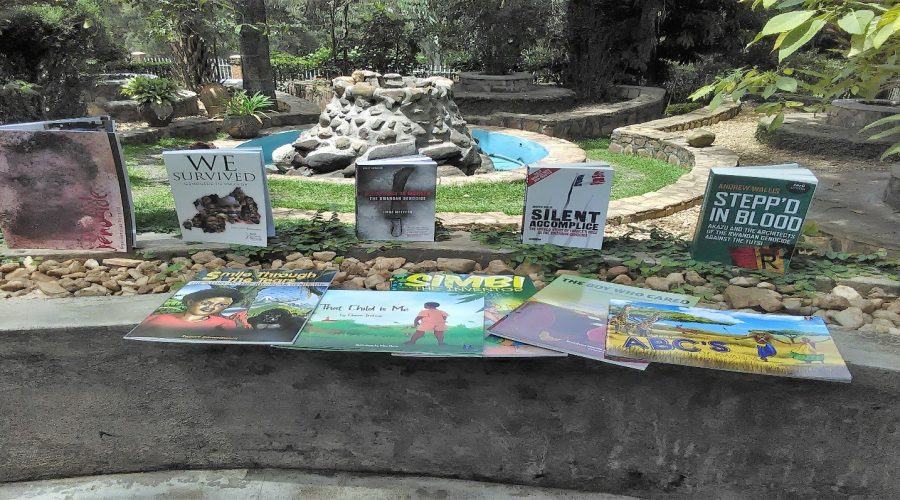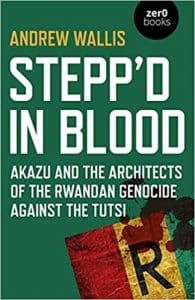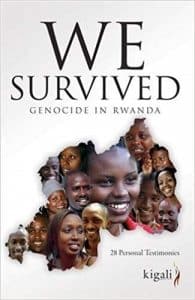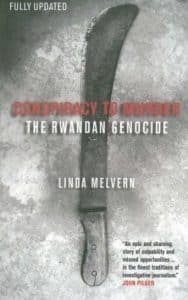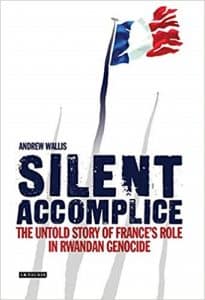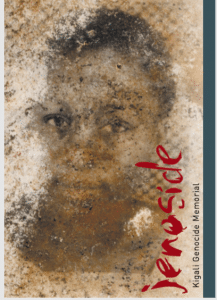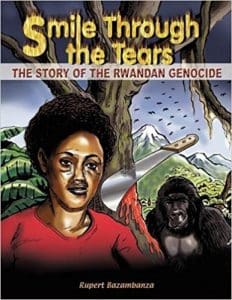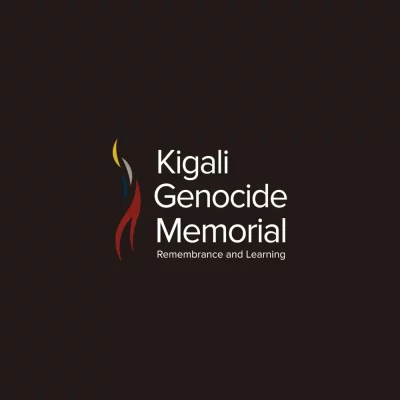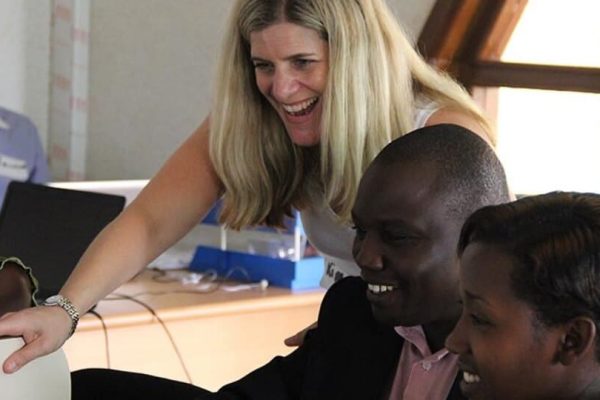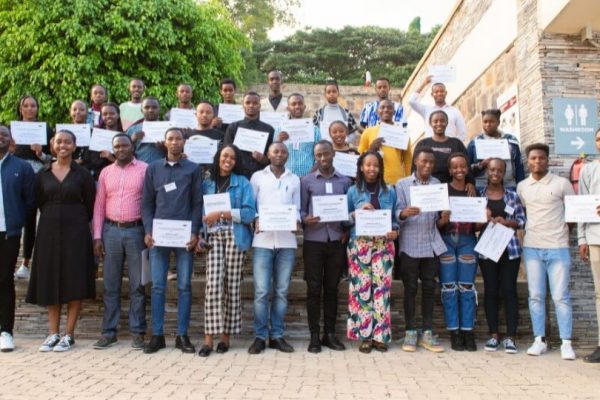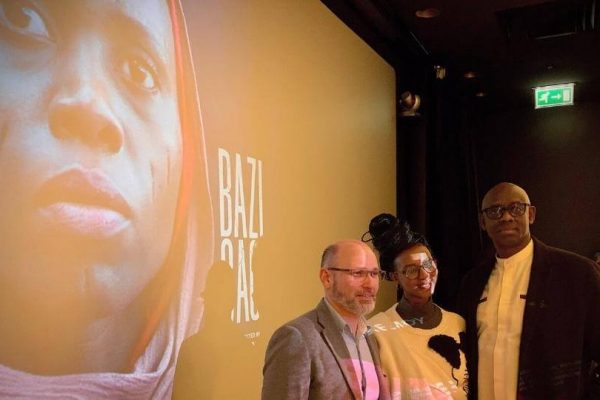Today is World Book and Copyright Day. As we mark #Kwibuka25, read seven books that detail the history of the Genocide against the Tutsi. These books can be found at the Kigali Genocide Memorial Bookstore.
1.Stepp’d in Blood: Akazu and the Architects of the Rwandan Genocide Against the Tutsi (2019), Andrew Wallis, Zero Books
Stepp’d in Blood is the latest work from British journalist Andrew Wallis in which he meticulously unpacks the central role the Akazu (‘little house’) had in Rwandan society in the decades before 1994 and how their ‘mafia like’ brutal control of the country pathed the way for the 1994 genocide against the Tutsi to become a reality.
2. We Survived Genocide in Rwanda (2006), 28 Personal Testimonies, Quill Press
This book is essential reading for anyone wanting to understand the individual human cost of the genocide against the Tutsi. Across 28 personal testimonies of genocide survivors the book details with unapologetic detail the pain and suffering of individuals who experienced and lived through one of the worst atrocities in human history. Including a foreword from Aegis Trust CEO James. M. Smith, the senseless violence and personal loss of a nation are told with great courage by those who survived.
3. Conspiracy to Murder: The Rwandan Genocide (2006, updated version), Linda Melvern, Verso
Linda Melvern’s numerus writings on the Genocide against the Tutsi are a staple part of the teaching for degree courses globally on genocide and conflict studies and can be found in many academic libraries. In Conspiracy to Murder the British Investigative journalist discusses in great detail the preparation to perpetrate the Genocide against the Tutsi including key individuals and institutions. This 2006 updated version also includes an account of genocide trials at the International Criminal Tribunal for Rwanda (ICTR).
4. Silent Accomplice: The untold Story of France’s Role in the Rwandan Genocide (2014, fully updated version including new chapter), Andrew Wallis, I.B Tauris
Andrew Wallis is back again, this time in his 2014 book (updated) on Frances Role in the Genocide against the Tutsi. The west’s inactions in 1994 are well documented, what is less well know and what Wallis puts centre stage is the direct role France had in helping facilitate the genocide. Wallis argues that the French government secretly provided the genocidaires with financial, military and diplomatic support. These claims of French complicity Wallis substantiates with interviews, unreleased documents, eye-witness accounts.
5. Jenoside: Kigali Genocide Memorial, Kigali Genocide Memorial (2016)
A companion to the important story of the Genocide against the Tutsi told at the Kigali Genocide Memorial. Including written and visual materials showing the build up to and the genocide itself. The book also captures the direct aftermath of the genocide and how Rwanda has pursued justice for those responsible and initiated a nationwide inclusive peace building program.
2 BOOKS for Children
A central theme of Kwibuka25 is Youth, so we are particularly happy to share with you some of our children’s literature as it is the young people of Rwanda that will shape the country’s future, and to be able to do so it is essential they understand Rwandan history and values.
1. That Child is Me (2019), Claver Irakoze, Illustrations by Mika Hirwa: Imagine We Publishers

2. Smile Through the Tears: The Story of the Rwandan Genocide (2005) Rupert Bazambanza: Les Editions Images
Written in the style of a graphic novel this book is a detailed account of the genocide whose graphic depiction of the events of 1994 make it suitable for older children. Across 63 pages the words and illustrations offer a captivating reading experience proving older readers with important detail about the Genocide against the Tutsi. An accessible book aimed at children who want a more explicit account of the genocide.

